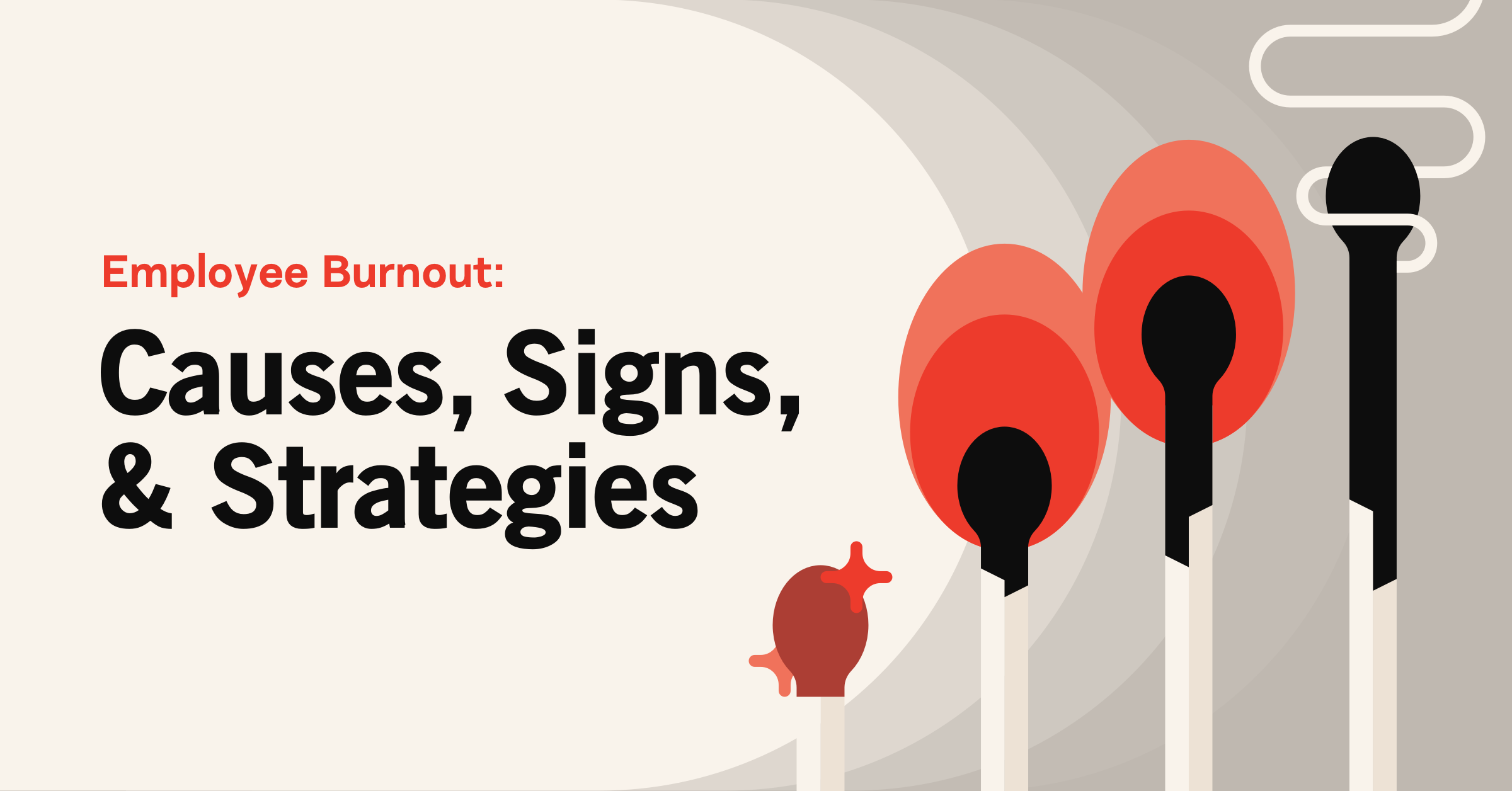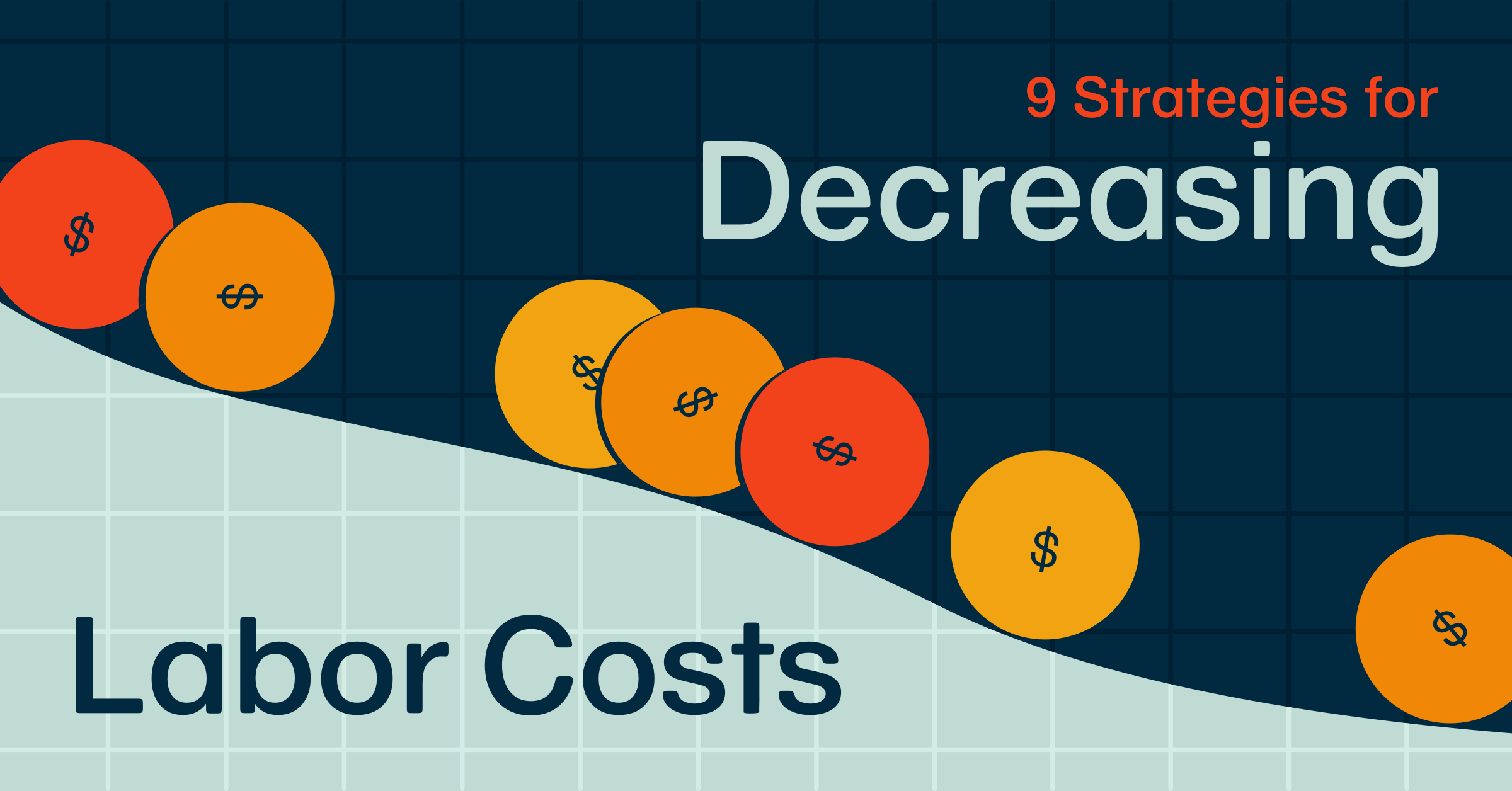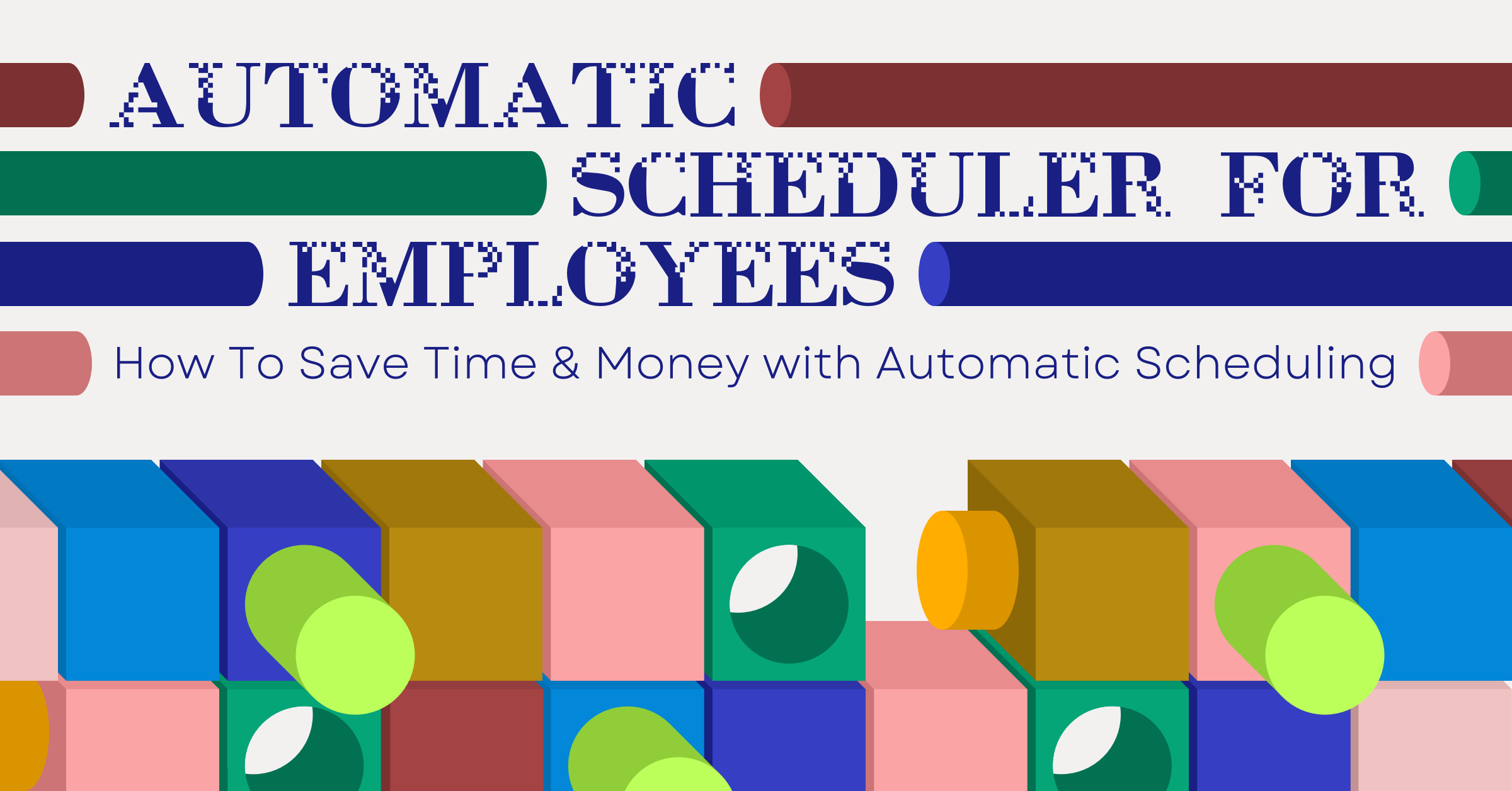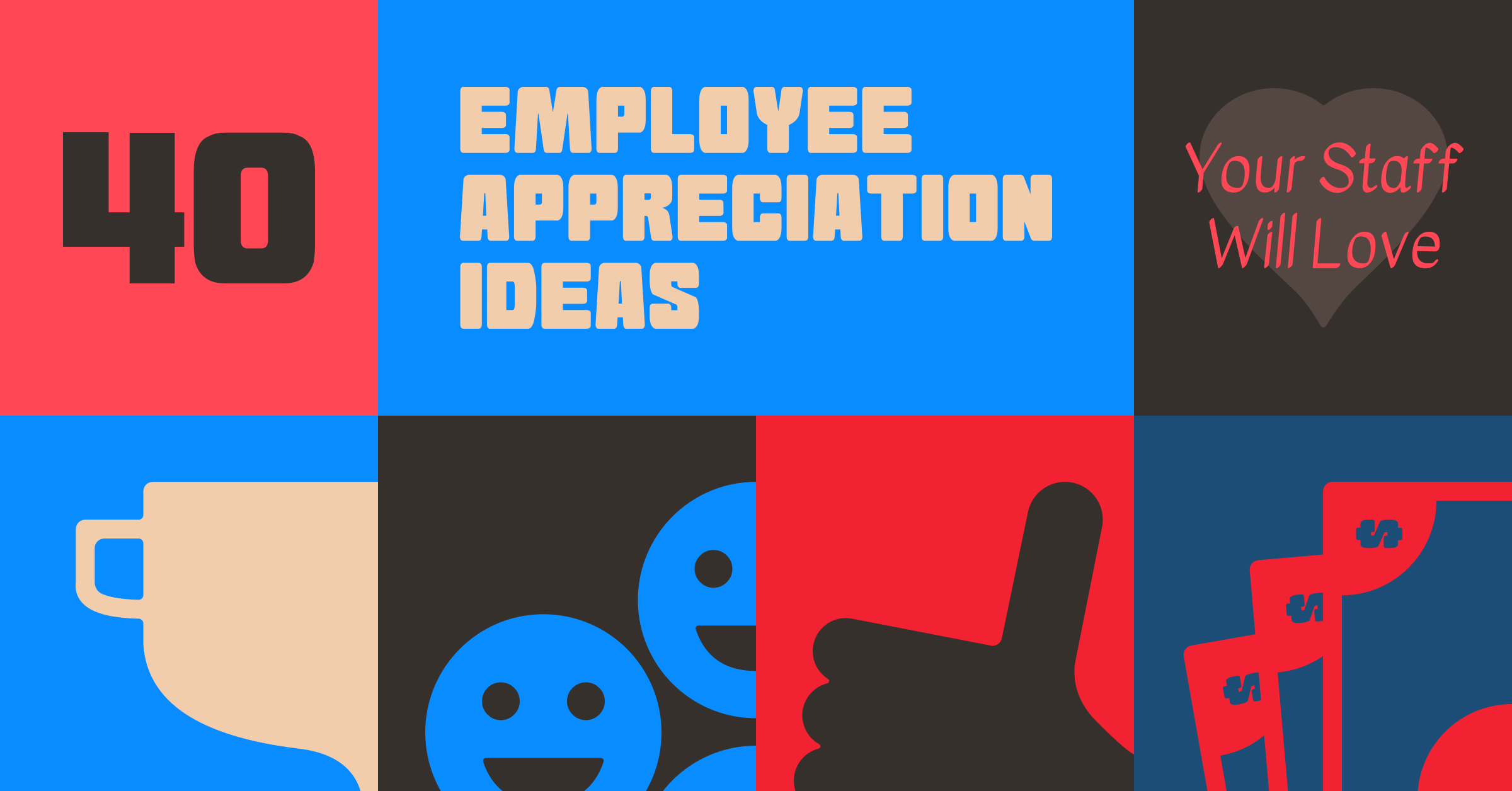How to Grow a Small Business: 5 Key Tips
Try When I Work for free
Running a small business takes grit and a whole lot of heart. Growth is the goal, but knowing how to get there can be tough.
You’re not alone. Many entrepreneurs feel uncertain about how to scale up. That’s why we’ve compiled five tips to help you learn how to grow a small business.
Key takeaways:
Here are the key things you need to know about growing a small business:
- You should look for signs that your business is ready for growth
- Growing pains are normal, but you need to prepare for them
- Building a growth plan and automating tasks can free up your time
- Tools like When I Work provide cost savings and efficiency
- Small changes in how you manage your time can lead to big wins
Table of Contents
- Signs your small business is ready to grow
- Common growth challenges you may be experiencing
- 5 expert tips on how to grow your small business
- How streamlined scheduling helps your business flourish: A real example
- Try software that helps you track labor costs and scale
- Save up to 15 hours per week on scheduling with When I Work
Signs your small business is ready to grow
Before you focus on how to grow a small business, you need to determine whether your venture is ready to take that next step. Here are three signs that indicate it may be time to scale.
You have steady revenue and a growing customer base
Do you have strong sales and a loyal group of customers? This means that your business model is working and it may be time to scale.
You’ve set tangible goals and have the resources to reach them
If you’ve set some realistic goals and have the resources to achieve them, then what are you waiting for? Take decisive action and move toward your growth goals.
Brand awareness is growing
Are people buzzing about your brand? Sounds like you have some momentum to build on.
Common growth challenges you may be experiencing
Growing pains are a fact of life for any business. Here are some challenges you might already be facing as you work to expand:
Cash flow issues
Growth often means more expenses up front. For instance, you’ll need to hire more staff or buy new equipment. If your revenue doesn’t keep pace, you can find yourself stretched too thin.
Hiring and staffing problems
Hiring the right people is hard. Keeping them is even harder. Managing schedules and adequately staffing shifts can help keep people happy once they join your team.
Scheduling headaches
Manual shift planning can become a nightmare during times of growth. Spreadsheets and sticky notes might have worked at first. However, they don’t scale well.
5 expert tips on how to grow your small business
Want to know how to grow a small business? Here are five tips to help you make your vision a reality.
1. Build a business growth plan
Create a detailed strategy for growing your business. Your plan should include everything from attracting new customers to scaling up your product offerings.
2. Automate your scheduling and time tracking
Automatic scheduling tools build schedules in minutes, not hours. That means you’ll have more time to interact with employees and customers.
3. Focus on retention
About one-third of small business owners identify customer retention as one of their key growth challenges. Make sure you do what it takes to keep customers once you’ve earned their trust.
4. Get accounting and budgeting support
Using accounting software helps you stay on top of your finances. You’ll get a better sense of cash flow and can plan for future expenses.
5. Use data to make smart decisions
Track what’s working and what’s not. Employee rostering software provides much of the data you need to make timely, growth-minded decisions. You’ll also need tools for analyzing data on sales and customer satisfaction so you can see the full picture.
How streamlined scheduling helps your business flourish: A real example
BlackStack Brewing experienced the challenges of rapid growth firsthand. The busy brewery and taproom grew from eight employees to a workforce of 38 in just a few years.
The company turned to When I Work to streamline scheduling and address its staffing challenges. Owner Shawne Murphy Johnson was grateful for software that helps keep things on track as the business grows. The staff loves When I Work too—it makes it easy to trade shifts and request time off.
Try software that helps you track labor costs and scale

Labor represents one of your biggest expenses, especially when trying to grow. Employee scheduling software like When I Work gives you real-time insights into labor costs. Use our platform to unlock the capital you need to scale your business.
How When I Work helps you scale

When I Work is loaded with features to help you grow your business, including the following:
1Labor cost tracking and budgeting
- Challenge: Managing labor costs manually can lead to budget overruns and inefficiencies
- How the software helps: When I Work provides real-time labor cost tracking, allowing business owners to monitor spending and adjust accordingly
- Example: A restaurant chain reduced labor expenses by 18% by using When I Work to avoid unnecessary overtime
2Automated scheduling for expanding teams
- Challenge: As your business grows, manually scheduling your employees across locations can become unmanageable
- How the software helps: When I Work automates scheduling based on demand and reduces manual workload
- Example: A retail company expanding to five locations cut scheduling time in half using automated templates
3Workforce forecasting and demand planning
- Challenge: Your scaling business has to predict labor needs accurately to avoid understaffing or overstaffing
- How the software helps: When I Work analyzes historical data and demand trends to help your business forecast workforce needs
- Example: A healthcare facility improved shift efficiency by 20% after using workforce forecasting tools
4Compliance automation for multi-location businesses
- Challenge: Tracking labor law compliance across multiple locations manually increases the risk of violations
- How the software helps: When I Work ensures that schedules comply with labor laws and prevent compliance errors
- Example: A logistics company with operations in multiple states reduced compliance issues by 30% using automated scheduling rules
5Real-time labor analytics and reporting
- Challenge: Without accurate data, you might struggle to optimize your workforce spending
- How the software helps: When I Work provides real-time analytics on labor costs, employee productivity, and overtime trends
- Example: A hospitality business improved labor efficiency by 25% after using real-time workforce reports to optimize shifts
With When I Work, you gain real-time insights to inform decision-making and protect your bottom line.
Save up to 15 hours per week on scheduling with When I Work
When I Work includes all of the tools you need to take control of your schedule. The platform’s team messaging feature keeps everyone in the loop. Our built-in time clock accurately tracks hours worked to provide a glimpse into payroll expenses.
Want to learn more about how to grow a small business with When I Work? Sign up for a free trial.






